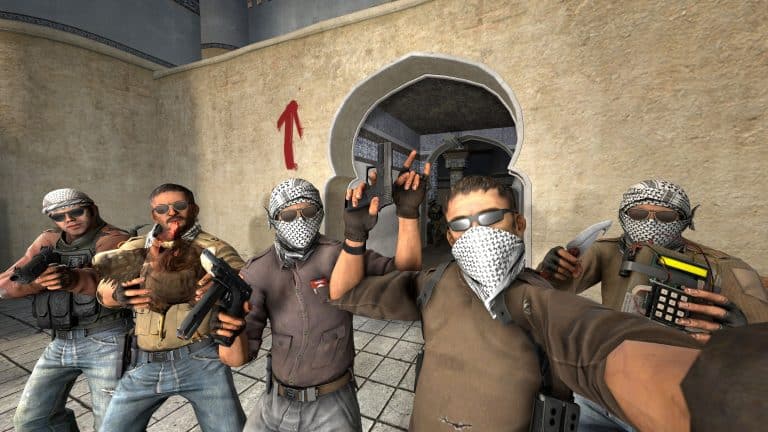In the last ten years and more, the development of the esports business has been a glimpse. All this made counter-Strike a persistent one, even after Counter-Strike turned into Counter-Strike: Global Offensive. This rise brought large sponsors, event runners, teams, and additional investment. And like in decentralized sports scenes such as Counter-Strike: Global Offensive, money may be used to cheat. And so it is. Valve is doing everything it can to remedy a newly identified exploit.
In 2020, an investigation of a scandal in the Counter-Strike: the Esports Integrity Commission had announced global offensive esports scene. A newly identified issue linked to Counter-Strike: Global Offensive to Cheat used in ESL and Dreamhack events participants. In particular, coaches for many prominent teams used a spectator bug to exchange information with their squad about their opposing locations. The entire nature of the achievement was never publicly described.
The discovery of the flaw would originally lead to the sanctioning of 37 parties on 96 different maps for vulnerability abuses. Those original penalties varied, like the Hard Legion Coach MechanoGun, from 3.75 months forbidden from competition and coaching to 36-month bans. However, Valve then entered and punished even harder and finally banned four instructors from repeated, severe crimes.
Release Notes for today are up. sv_damage_print_enable can now be set to "2", Coach positions are now saved in round backup files, we've fixed a DM invulnerability bug, fixed an armor bug in Retakes, updated Ancient, Grind, Mocha, Cache, and more: https://t.co/UcIN5kG6pq
— CS:GO (@CSGO) May 27, 2021
Now, Valve has returned to this counter-strike: global offensive in the following step. A recent Valve update allows coaches to track game replays. Replay viewers may now see from where the coaches are looking and what they are seeing. No one can utilize an exploit, but it provides a far easier way to maintain accountability.
As for the exploit itself, it is difficult to see if Valve has rectified the problem already. The valve was able to resolve the vulnerability and trace its usage without the knowledge of the trampler that the actual nature of the exploit was never publicly published. The valve may even solve or replace the problem with the system for tracking.
At least, Valve wants Counter-Strike: Global offensive players and lovers of esports to realize how serious this is. It is crucial to convey that Valve pays particular attention to itself and is prepared to permanently ban professionals from repairing exploits to preserve a healthy competitive scene. However, evidently, this cannot be done easily given the counter-strike disputes in recent years, the game has been confronted.
About CSGO
Counter-Strike: The Global Offensive (CS:GO) extends the original Counter-Strike-based shooting FPS game, released in 1999. Two teams play to win sufficient rounds to win the match in many objective-based modes. CS:GO offers up-to-date iterations of classic counter-strike maps, such as Dust, Inferno, Nuke, Train, and many more. CS:GO also adds new gaming modes such as the Arms Race, Flying Scotsman, and Wingman, as well as multiplayer matchup and competitive skill groups.
The Half-Life version of Counter-Strike was published in 1999. As the game advanced from beta to full release, the classic gameplay defined competitive shooters and created a community that follows the game after its initial release has been perfected. The counter strike was the de facto benchmark of a player’s first-person shooting ability for each of its idioms – 1.6, Source, and Global Offensive. Teams worldwide showcase their skills and techniques at state, regional, and international competitions to millions of visitors worldwide.

